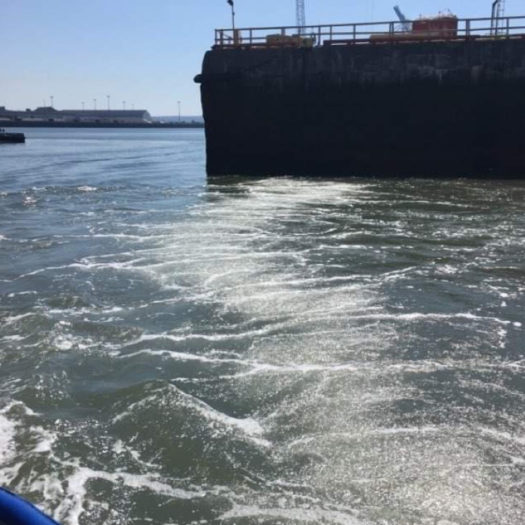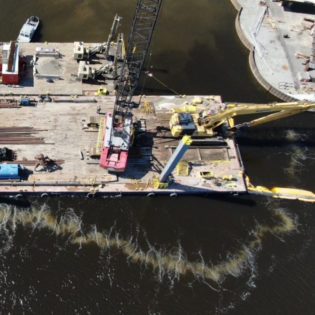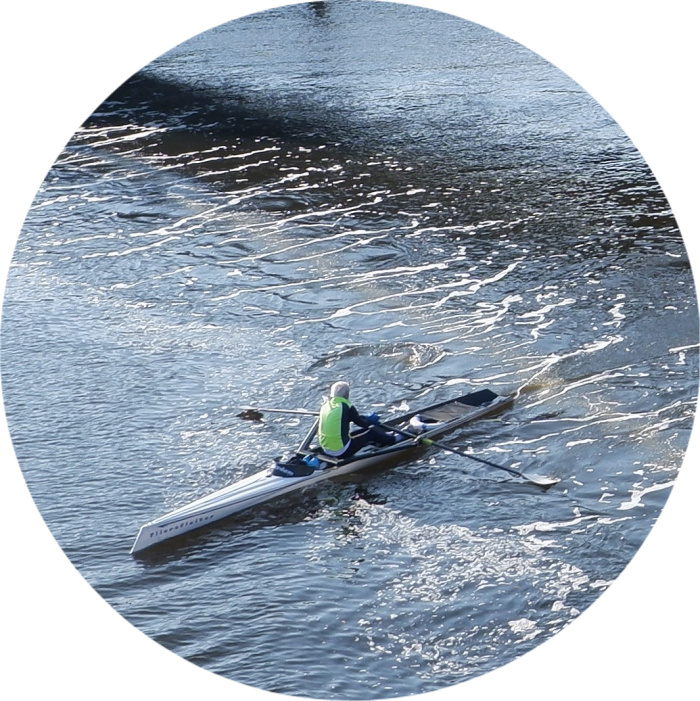Control of Toxic Algae and Jellyfish
Bubble Curtain - Marine Barrier
How to Control the Movement of Algae, Plankton and Jellyfish?
The best way to limit the movement of algae, plankton and jellyfish is the use of a Bubble Tubing® bubble wall. The diffuser can help overcome the difficulties of fish farmers dealing with toxic algae blooms, toxic plankton or even jellyfish that can affect salmon or other species in marine environments.
This type of bubble curtain made with Bubble Tubing® can also be used to keep jellyfish or sargassum away from beaches frequented by swimmers. It is also possible to use a bubble barrier to maintain better water quality in marinas or canals by limiting the accumulation of plant masses on shore that can be transported from the open sea to the coast, thus avoiding decomposition and putrefaction of these plant debris.
Fine Bubble Technology for Aquaculture
The worst nightmare for the aquaculture industry is to end up with cages and nets infested with toxic plankton brought in by the movement of the tides. This situation results in mortality by blocking the respiratory system of sea and marine species such as salmon.
Bubble Tubing® recommends the adoption of best practices for prevention and management of water quality in aquaculture which consist of installing an anti-plankton, anti-algae, anti-jellyfish and anti-debris barrier. These bubble barriers are used to deflect the tides which seasonally transport these living but toxic elements for wildlife and farms.
Bubble barriers also provide additional, high-performance aeration which is essential for maintaining healthy aquatic environments.
How Does our Solution Work?
Aquaculture:
Typically, for cage farming, Bubble Tubing® will be installed on the outskirts of the farm and its submerged cages. Typical installations are installed between 20 and 40 meters deep, 15 or 20 meters from the fish. An air flow and pressure distribution and control system will also be set up and connected to one or more centralised compressors. The system will be up and ready to go for when the next toxic bloom type event occurs.
Water Intake
A variety of industries, such as nuclear power stations, coal power stations, or gas fired power stations use seawater to cool thermal installations. Others, such as seawater desalination plants, also have water intakes from the ocean. Intakes can become impacted by large masses of jellyfish which reduce and may even completely block the volume of water accessible to these industries. These events, although rare, are becoming more and more frequent.
Marinas, Seaport and Canals:
In recent years, the resurgence of algae and aquatic plant blooms has increasingly become a major problem. Sargassum in the Caribbean Sea is a good example of a massive problem affecting tourism, beaches and large hotels. Several seaports are also searching for solutions for the grounding of thousands of cubic meters of aquatic plants carried by tides, winds and sea currents. The decomposing biomass consumes the oxygen present and causes foul odors while destroying economic development. Strategically placed Bubble Tubing® bubble curtains can allow the deflection of these organic masses without preventing the necessary passage of wildlife and boats.
Marine mucilage blooms
Marine mucilage is a cluster of microorganisms in the form of a viscous texture. This cluster is not harmful in small quantities and is found naturally in many environments. The climate changes that we are witnessing now favor the emergence of marine mucilage bloom in certain places such as the Mediterranean (ex: Marine mucilage in the Sea of Marmara). The excessive presence of nutrients combined with periods of sustained heat is conducive to the development of this phenomenon. This can have serious consequences for marine and human life. A marine mucilage bloom creates a layer thick enough on the surface of the water to prevent oxygen transfer between the air and the water. This blockage will eventually suffocate marine life and there will be marine species mortality in the affected area. This layer is also a very favorable place for the growth of bacteria such as E. coli which is harmful to human and marine health. In the short term, to avoid marine life mortality, it is recommended to install underwater air diffusers to act as an oxygen refuge during cleaning maneuvers. The solutions to prevent this phenomenon from happening again are known, but require a lot of investment in money, time, and work from everyone. Among them are improving wastewater treatment systems and reversing climate change. These solutions, over time, will have the effect of limiting the excessive presence of nutrients in the water, which those microorganisms feed from.
What can we do to help in this situation? Bubble Tubing® as an air diffuser can help provide oxygen refuges for marine life during cleanup. The ease of installation and maintenance makes it an effective solution. In addition to creating oxygen refuges for marine life, if installed permanently, the oxygen supply through Bubble Tubing® helps in the reduction of nutrients. The oxygen in water allows the nutrients to be digested by beneficial bacteria that are present naturally in water.
Our bubble walls can be installed and removed according to seasonal needs or your preferences. Our Bubble Tubing® remains effective even with the tides and in the presence of strong waves. Since there are no mechanical or electrical parts in the water, swimmers are safe with this technology.
Who is the Toxic Algae Control Application For?
Fish farmers struggling with algae and other unwanted organisms use bubble curtains to keep their fish farm performing well.
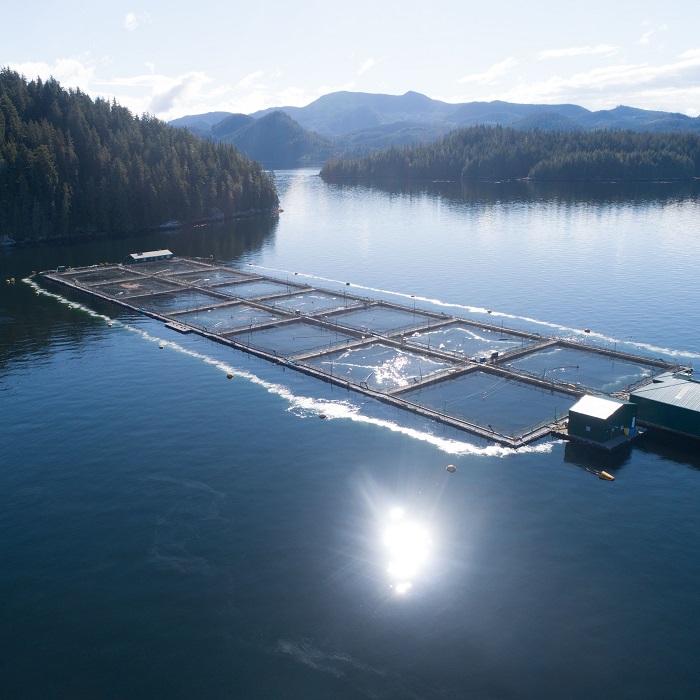
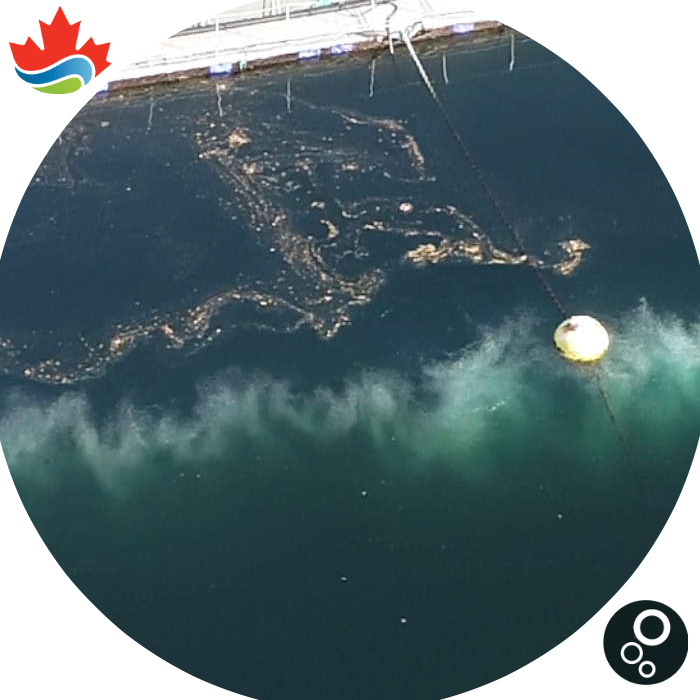
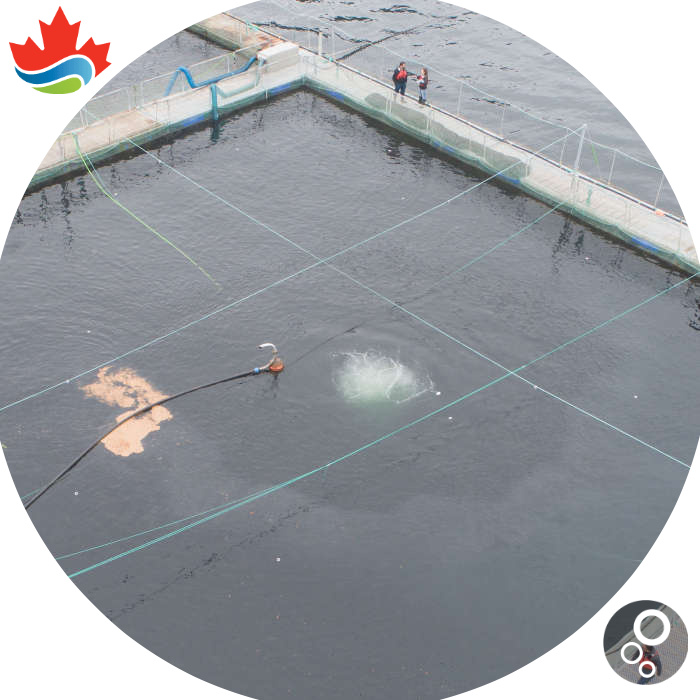
Some beaches may be made unsuitable for swimming due to the presence of toxic algae or unwanted jellyfish. The installation of a bubble curtain system helps in sanitation and increasing water quality.
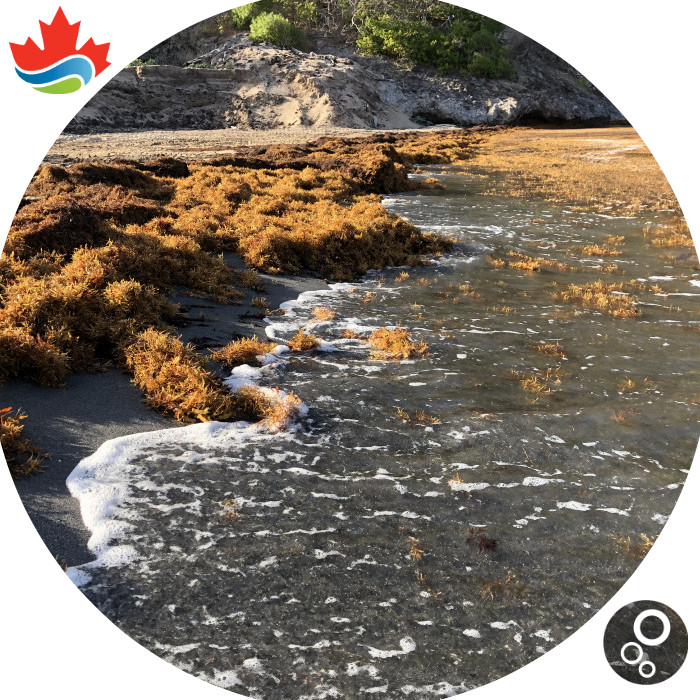
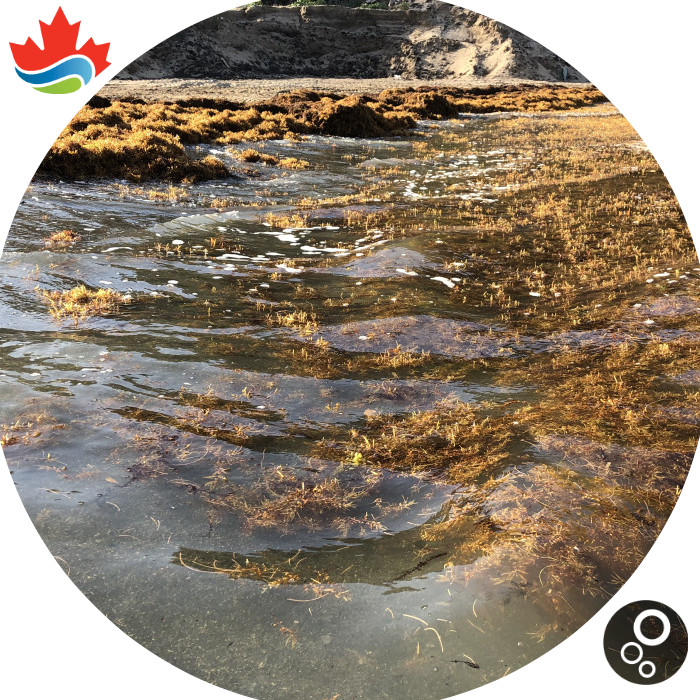
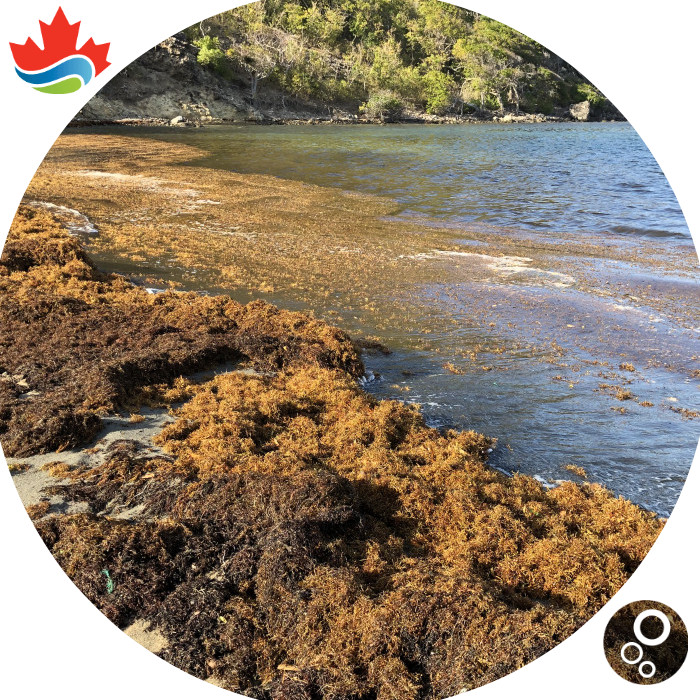
Intakes can become impacted by large masses of jellyfish which reduce and may even completely block the volume of water accessible to these industries. These events, although rare, are becoming more and more frequent.
